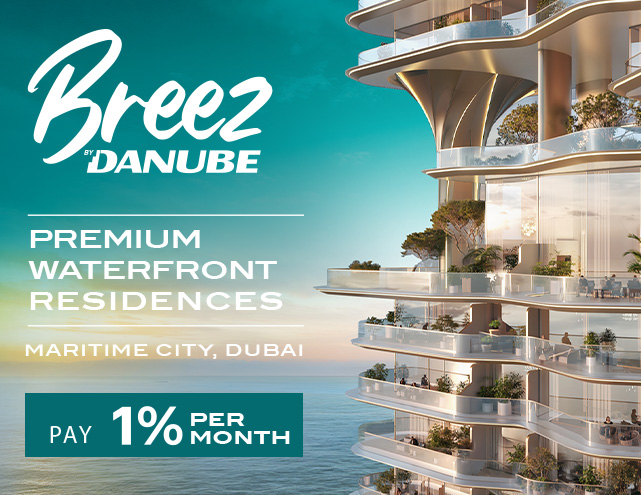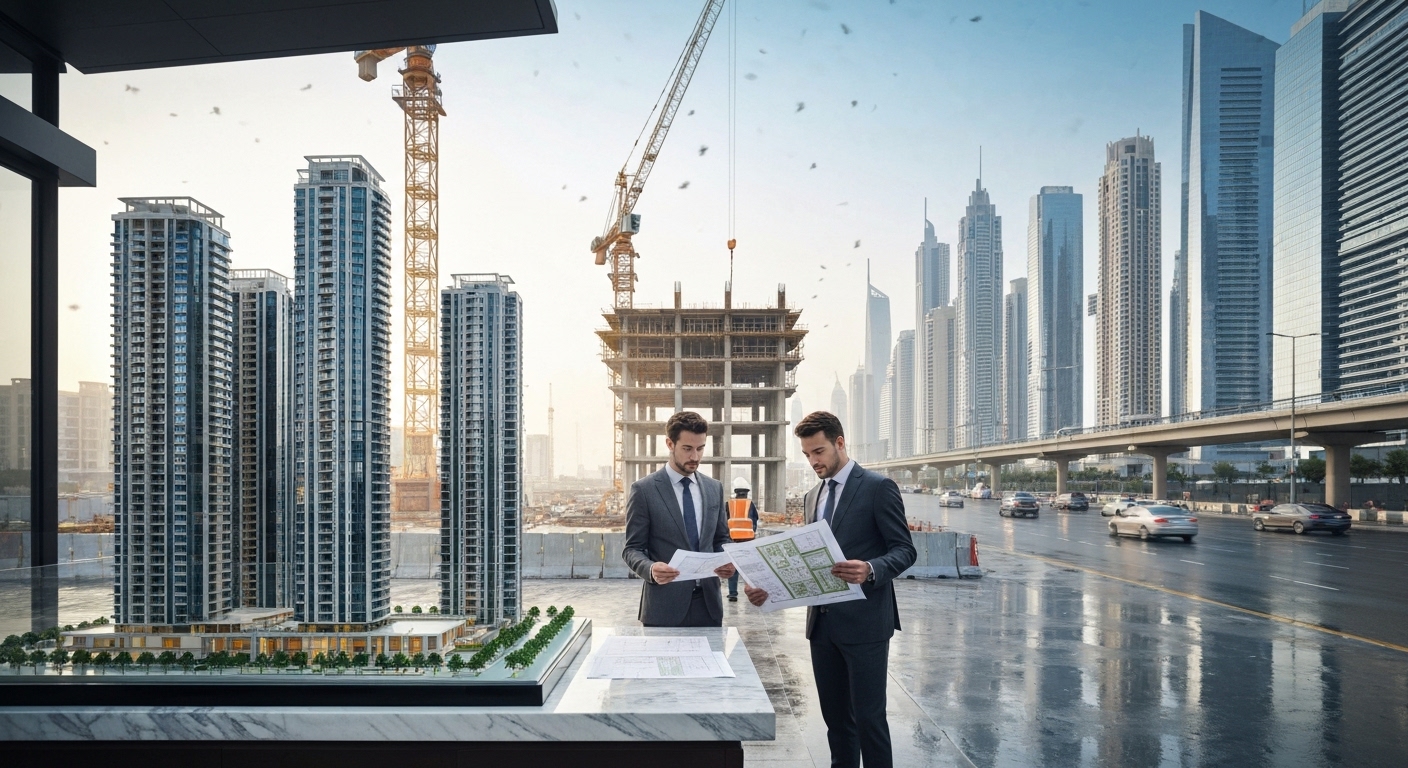As Dubai’s property market continues its remarkable trajectory through 2025, investors are increasingly focused on what lies ahead for 2026. With sustained demand, evolving supply dynamics, and shifting global economic conditions, understanding the potential for market adjustments has become crucial for strategic investment planning.
Understanding Property Market Corrections: What Do They Entail?
A property market correction represents a natural price adjustment that brings valuations back to sustainable levels after periods of rapid growth. Unlike a crash, corrections are typically gradual and often healthy for long-term market stability. In Dubai’s context, corrections have historically created opportunities for informed investors to enter high-quality segments at more favorable pricing.
Market corrections typically occur when supply begins to outpace demand, or when external economic factors create temporary pricing pressures. For Dubai, any potential correction would likely be measured rather than dramatic, given the emirate’s strong economic fundamentals and strategic positioning as a global business hub.
Expert Forecasts for Dubai Real Estate in 2026: Bull vs. Bear Cases
Industry experts present compelling arguments on both sides of the 2026 outlook. The bull case emphasizes Dubai’s continued population growth, with projections indicating the emirate will add approximately 200,000 residents annually through 2027. This demographic expansion, coupled with the city’s enhanced global appeal following progressive visa reforms, supports sustained housing demand across all segments.
The bear case acknowledges potential challenges from the robust supply pipeline. Approximately 43,000 new residential units are scheduled for delivery, primarily in emerging communities. However, strong absorption rates and quality-focused development suggest the market can accommodate this new supply without significant disruption.
Key Factors Influencing Dubai’s Property Market Stability and Volatility Toward 2026
Several critical factors will shape market dynamics leading to 2026. Dubai’s transformation from an oversupply concern to a high-demand environment reflects enhanced market maturity. Quality developments are being absorbed rapidly, and projects from established developers with proven track records are seeing exceptional interest from both domestic and international buyers.
Regulatory improvements have significantly bolstered transparency and reduced project delays, creating a stable ecosystem for developers and investors alike. The implementation of enhanced regulations has fundamentally shifted the market narrative from speculation-driven to fundamentals-based investing.
Analysis of Supply and Demand Dynamics: New Projects and Population Growth
The supply-demand equation reveals a more nuanced picture than simple numerical comparisons might suggest. While overall residential stock in Dubai is expected to reach 637,000 units by next year, representing a 10 percent increase, this expansion occurs alongside robust population growth and increasing investor confidence.
Market analysts suggest this increased supply could create opportunities for price adjustments, potentially offering investors better negotiating positions. However, the emphasis has shifted from pure pricing considerations to payment plans and flexible terms, indicating a maturing market focused on value rather than speculation.
Identifying Resilient and Vulnerable Segments within the Dubai Property Market
Not all segments of Dubai’s real estate market perform equally during potential adjustment periods. The luxury segment, particularly properties priced above AED 10 million, has demonstrated exceptional resilience with transaction volumes increasing by 63% year-on-year. This performance reflects the continued influx of high-net-worth individuals seeking Dubai’s tax-friendly environment and lifestyle opportunities.
Mid-market residential properties in established communities typically show greater stability during corrections, while emerging areas may experience more significant price adjustments. Commercial real estate continues to benefit from Dubai’s growing status as a global business hub, providing additional resilience to diversified portfolios.
Investment Strategies for Navigating Potential Market Changes in 2026
Smart investors are positioning themselves to capitalize on potential market adjustments through strategic approaches. Focusing on quality developments from established developers with strong delivery records protects against market volatility. Diversifying across different property types and locations within Dubai can help mitigate segment-specific risks.
Long-term investment strategies remain particularly attractive, as Dubai’s fundamental growth drivers—population expansion, economic diversification, and strategic global positioning—continue strengthening. Investors should prioritize properties in areas with strong infrastructure development and connectivity to key business districts.
The Danube Properties Advantage: Stability and Growth in a Dynamic Market
Danube Properties’ consistent project delivery record and transparent payment plans contribute significantly to market confidence during uncertain periods. Our strategic focus on quality developments in well-positioned locations provides investors with properties designed to weather market cycles while maintaining strong long-term appreciation potential.
As Dubai’s real estate market evolves toward 2026, the combination of measured supply growth, sustained population expansion, and enhanced market maturity suggests any corrections will create opportunities rather than cause for concern. For informed investors partnering with established developers, 2026 may present the optimal timing for strategic portfolio expansion in one of the world’s most dynamic property markets.




